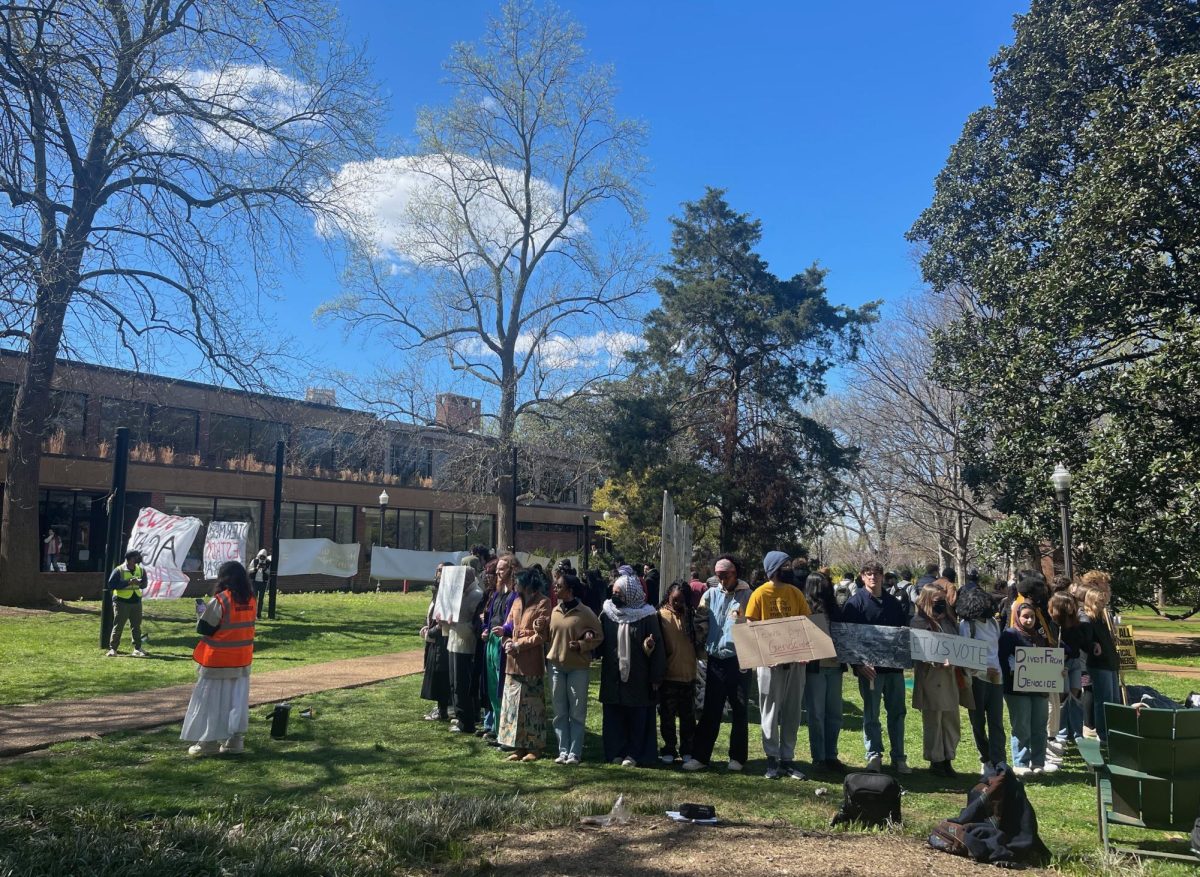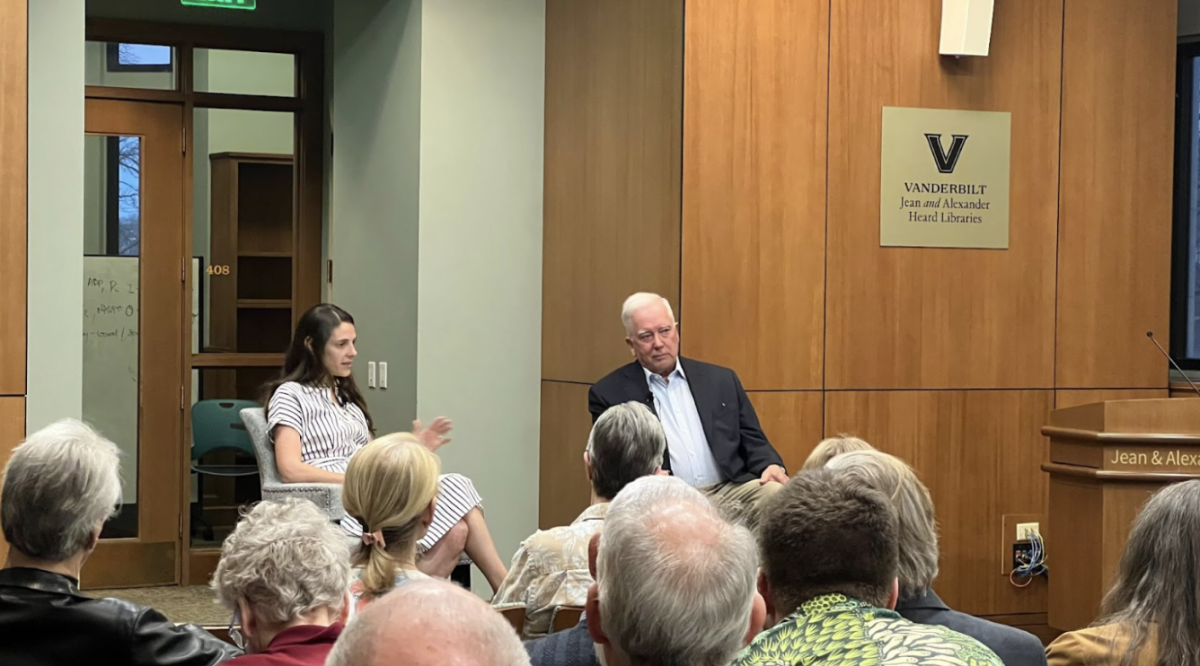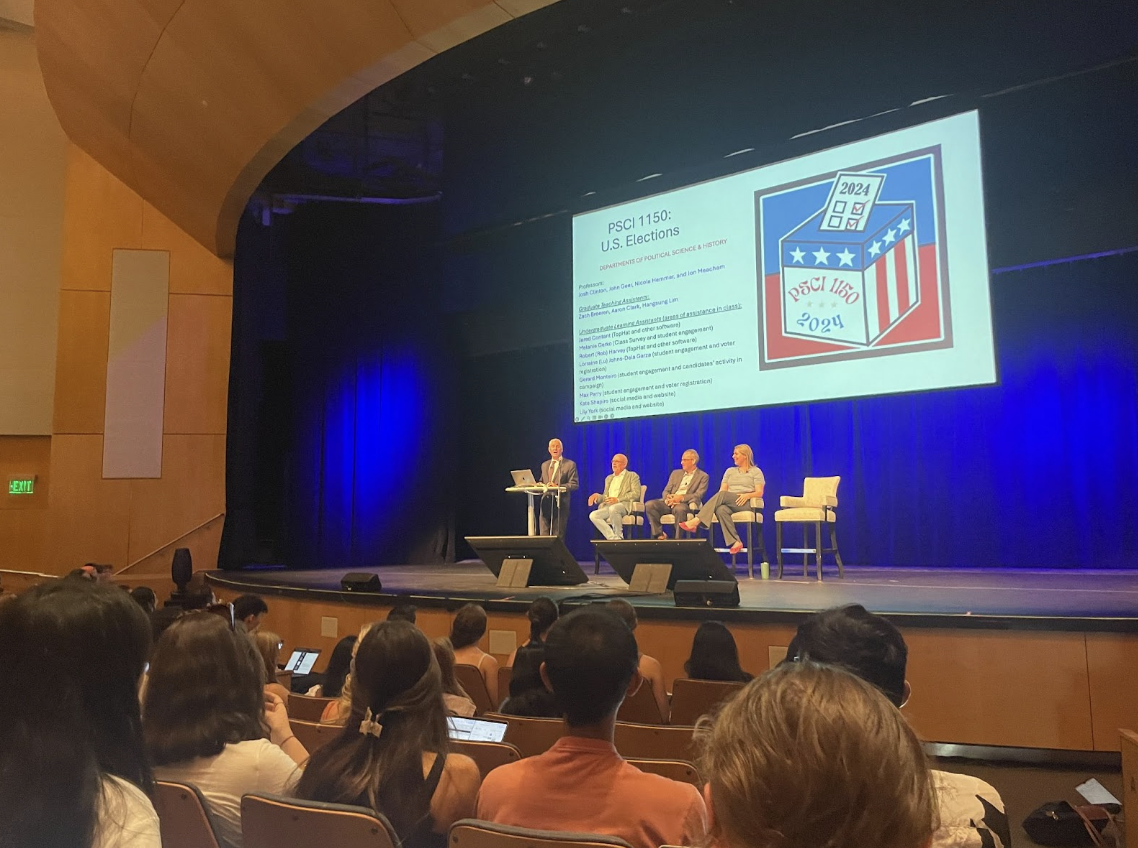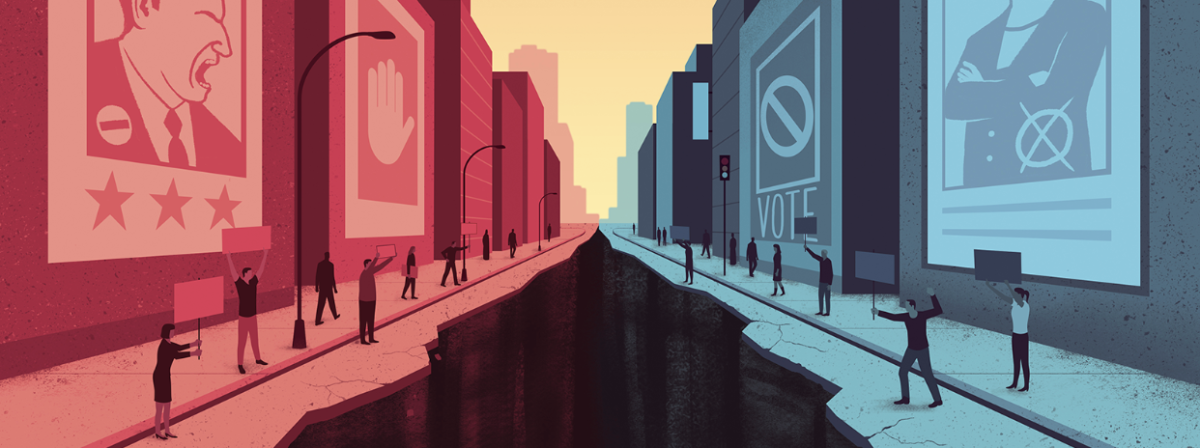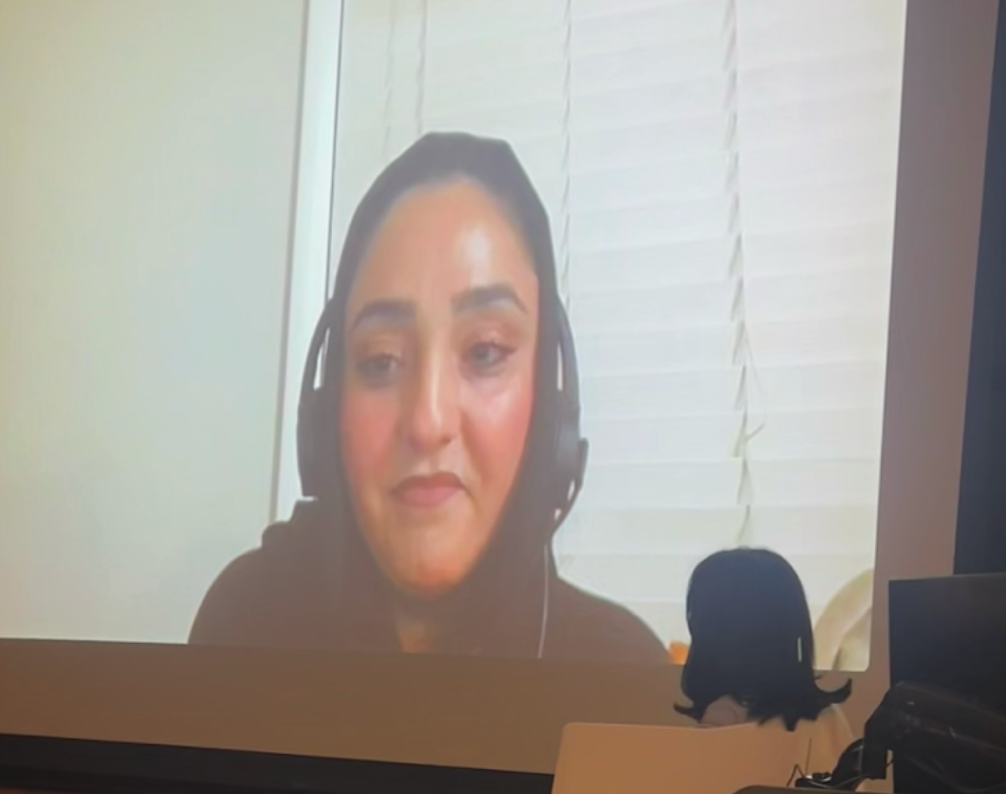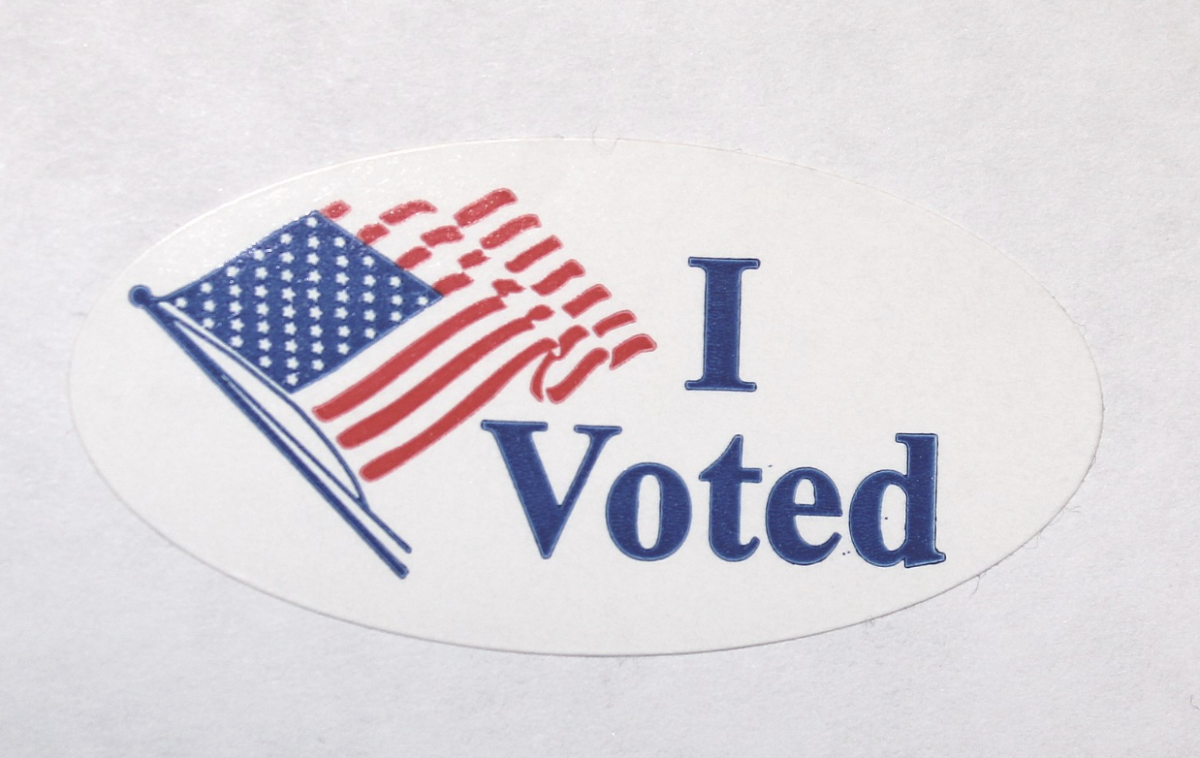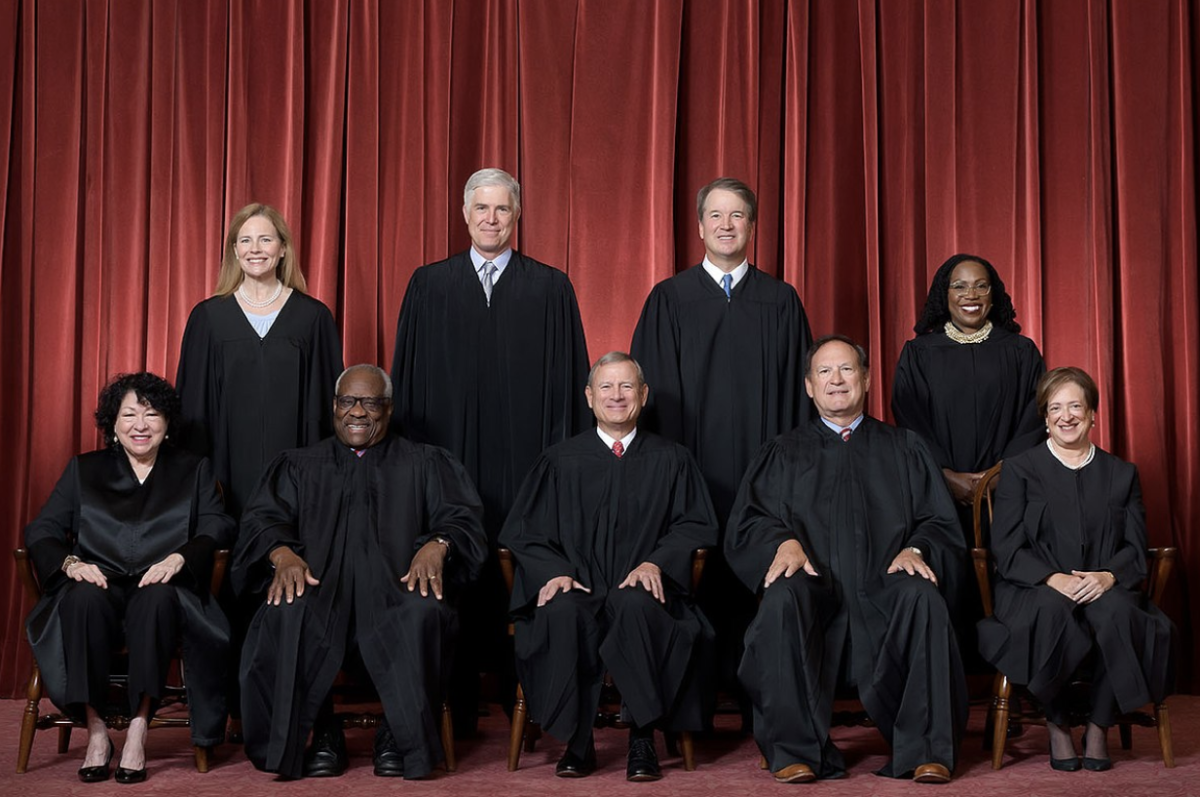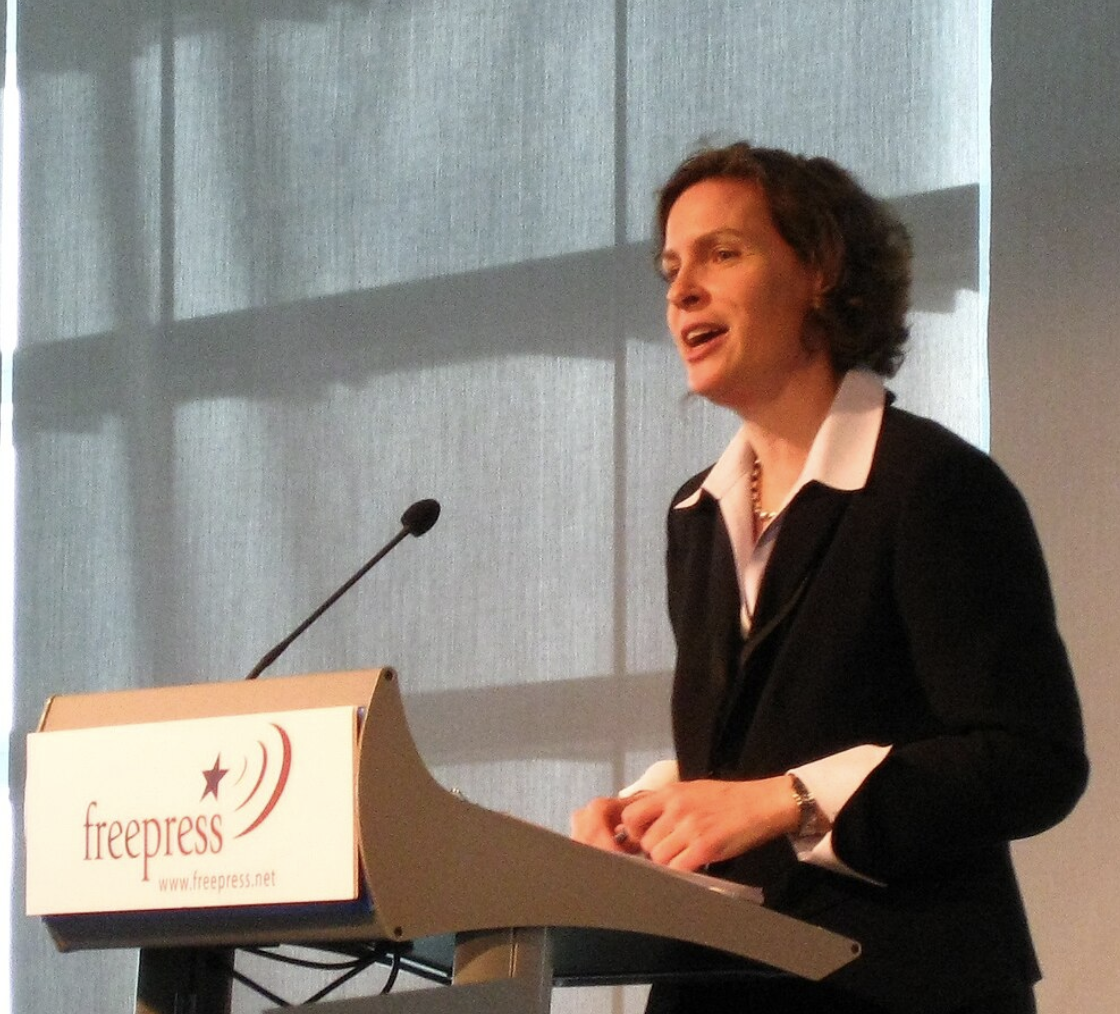Tensions have escalated on college campuses across the United States in the wake of the Oct. 7 Hamas attack and Israel’s subsequent military operations in Gaza, sparking protests and debates that have polarized student bodies.
Israel’s extensive military campaign in Gaza has resulted in the deaths of over 34,000 Palestinians. In response to this and to show solidarity with Palestinians, numerous student groups have embraced variations of the Boycott, Divestment, and Sanctions (BDS) movement on their college campuses, urging their universities to halt investments that support Israel’s military siege in Gaza. University administrators face the challenging task of balancing free speech while moderating deep tensions between an often divided student body — a dilemma not unfamiliar to their predecessors during the anti-Vietnam War or anti-apartheid protests.
Counter-protesters often emphasize certain protest actions to delegitimize the opposing movement and reframe its objectives to further their own agenda. This has certainly been the case for the BDS movements sweeping college campuses. We have seen it on Vanderbilt’s campus, with the Vanderbilt Divest Coalition protest at Kirkland Hall involving a physical confrontation with security staff, which not only diverted media attention from the protestors’ fight for Palestinian liberation to their controversial protest methods but also became the primary focus of criticism by the Vanderbilt Administration. This trend illustrates the limitations of civil disobedience as a vessel for enacting change; while striking and even polarizing acts of protest can capture the public’s attention, these actions can inadvertently divert focus away from the intended causes of protest. As a result, the movement can lose its effectiveness and support. A movement’s choice of tactics is just as crucial to its success as its underlying strategy and objectives.
Protests aim to garner public support, but methods that diverge from the palatable characteristics associated with historical narratives of “peaceful protest” can alienate neutral observers and further polarize opponents, portraying protestors as hostile rather than rational. Similar challenges can be observed at Columbia University following the pro-Palestine protest encampment on their campus beginning on Apr. 17. This demonstration was staged in response to the university president’s congressional hearing about antisemitism on campus, where the dynamics of media portrayal and public perception have further complicated the protests.
In the case of Columbia, numerous news outlets have documented cases within the protests of individuals being antisemitic, verbally and physically aggressive towards Jewish students, and openly demonstrating their support for Hamas. Columbia’s chapter of Students Supporting Israel, an international pro-Israel campus movement that has become especially active since the attacks on Oct. 7, has captured many of these incidents on its Instagram page, serving as the main source of criticism of the protests.
In a letter to the Columbia University community, President Minouche Shafik justified her decision to call the NYPD to clear the protest, claiming the demonstrations violated several university policies and created a “harassing and intimidating environment” for many students. Based on the video-documented incidents of pro-Palestinian demonstrators at Columbia University expressing support for Hamas and using antisemitic rhetoric, the administration has grounds to say that the protests are disruptive and discriminatory. While these individual incidents may not be representative of the entire movement, the actions of a few allowed the administration to justify suppressing protestors.
The group responsible for the protests — the Columbia University Apartheid Divest Coalition (CUAD) — briefly addressed these incidents on their Instagram on Apr. 21, citing their frustration with “the media distractions focusing on inflammatory individuals who do not represent [them].” They proclaimed that their group is “united by love and justice” and “firmly reject[s] any form of hate or bigotry.” This statement certainly serves as a step in the right direction by reaffirming the organization’s values and goals. However, the statement falls short; by not directly identifying the specific incidents in question, they weaken CUAD’s efforts to disassociate themselves from actions not representative of their values and approach. Such a lack of specificity leaves the door open for misinterpretation, allowing the administration and protestors’ avid critics to define the movement by the few, rather than the majority.
Unless the organizers of the movement directly address the isolated incidents of antisemitism and aggressively condemn such actions, the movement will be severely undermined, feeding a negative narrative to the public and curtailing the protests’ objectives. Addressing the accusations of antisemitism and violence will also help the movement establish its legitimacy, enabling it to effectively criticize the unacceptable actions of Columbia’s administration, which so far include the arrest of 108 protestors and numerous student suspensions for participating in the protests.
The protests at Columbia and the administration’s response have inspired a wave of student-led pro-Palestinian demonstrations at several other college campuses across the country. Administrative responses on other campuses have been similarly stringent. In the past week, the University of Southern California had 93 protestors arrested; Yale University had 47 protestors arrested; New York University had 120 protestors arrested; Emerson College had 108 protestors arrested; and the University of Texas at Austin had 57 protestors arrested.
As student activist groups at universities nationwide launch protests in solidarity with the movement at Columbia, it is crucial that they learn from the setbacks of previous movements to avoid making similar mistakes. For social movements to effectively advance their cause and achieve change through protests, activist groups must be willing to distinguish between genuine supporters and those whose actions and messages deviate from the core objectives of their movement. They must proactively and directly communicate to the public that these individuals do not represent the movement’s values or goals. This strategy is essential to preventing opponents from exploiting isolated incidents to misrepresent and delegitimize the movement’s principles and underlying message.


